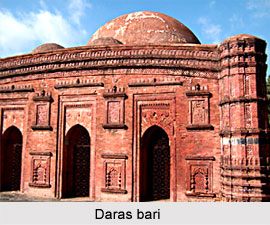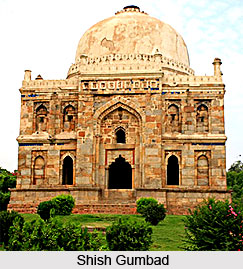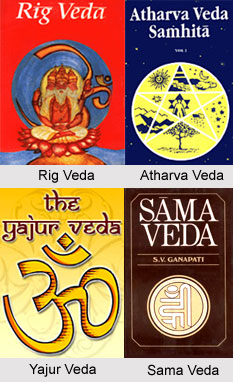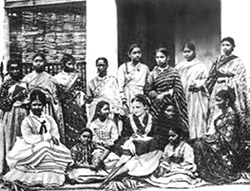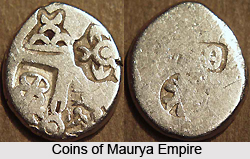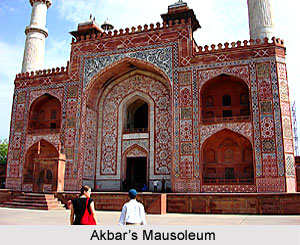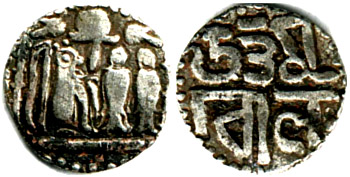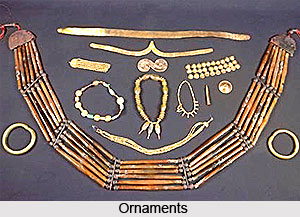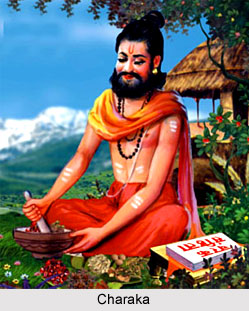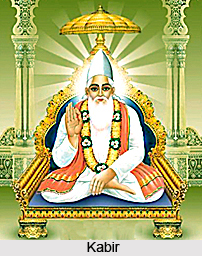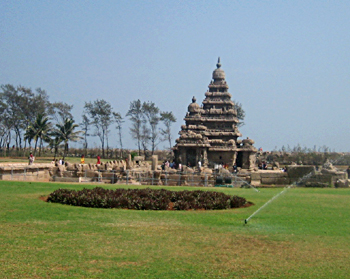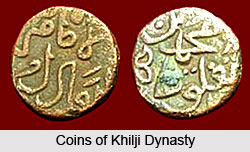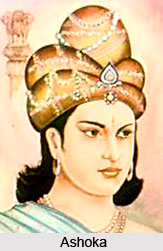The Princely State of Chiroda was one of the renowned native states of India that was managed and supervised by a native prince under the guidance of the British authorities. The princely state was under the indirect control of the British Empire in India. The state was scattered over a total area of 1 sq mile and comprised of a total population of 367 in the year 1931. The taluka of Chiroda was situated in the Chok Datha Thana and the territory consisted of a single village. The state of Chiroda was bounded by the state of Rajpara in the north; by the princely state of Sanala in the east; by the princely state of Bhavnagar in the south and the west.
Chok Datha Thana, which covered a total area of 115 sq miles and comprised of a total population of 24,782 in the year 1931. The region included around 23 estates and almost 22 estates of them were situated in a compacted area near Chok. The territory contained a virtual enclave in southern Bhavnagar, except a general border with Palitana in the north. The remaining taluka of Datha was located around 10 miles from the other states. It was entirely encompassed by the princely state of Bhavnagar. The Princely State of Bhandaria was under the administrative control of the Baroda Agency, which was incorporated as a part of the Western India States Agency. Later the territory was merged with the state of Gujarat. The state was also a part of the Eastern Kathiawar Agency and the Chok Datha Thana as well.
History of Princely State of Chiroda
The princely state of Chiroda was claimed by more than one native prince, who were formally addressed as shareholders. There are 17such estateholders, including bhagdars and talukdars, in the state of Bhandaria. The Sarvaiya Rajputs were the shareholders the territory, who were descendants of the Chudasama Rajputs of the princely state of Junagadh. The last Chudasama monarch of Junagadh state was defeated by the Mughal forces in the year 1450. Later the Chudasama Rajputs spread over various regions in the Kathiawar and settled there. The Sarvaiya Rajputs were talukdars of the seventh class in the states of Datha, Sanala, Rohishala, Chok, Aijavej, Jaliya, Pa etc. There were around 909 estateholders in the thana and almost all of them were Sarvaiya Rajputs. Some of the shareholders were low caste Hindus as well.
The Princely State of Chiroda was a non- jurisdictionary native state. The estateholders of the region were primarily illiterate or had limited education and were tremendously impoverished and deprived. Most of them were shepherds or cultivators. According to the Attachment Scheme of 1943, the princely state of Chiroda was attached to the princely state of Junagadh and the princely state of Baroda.
After the political withdrawal of the British Supremacy and the partition of India on 15th August 1947, the princely state of Chiroda was acceded to the independent Dominion of India, which was also known as Union of India. The erstwhile princely state was a part of the state of Gujarat.


